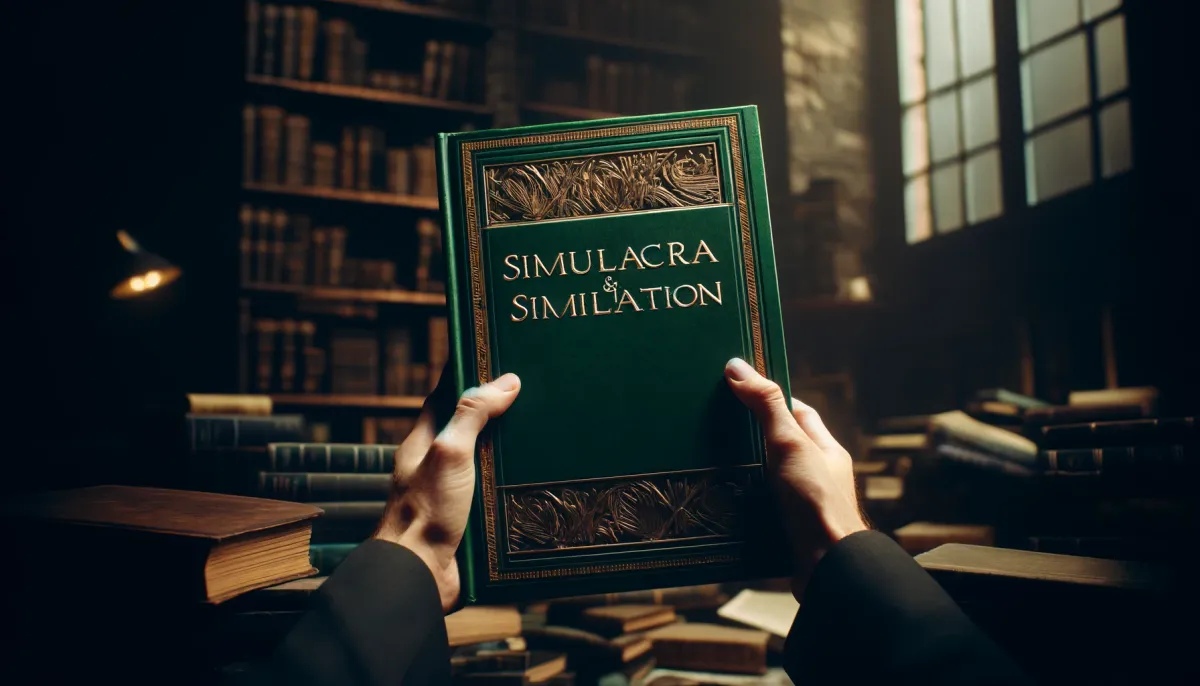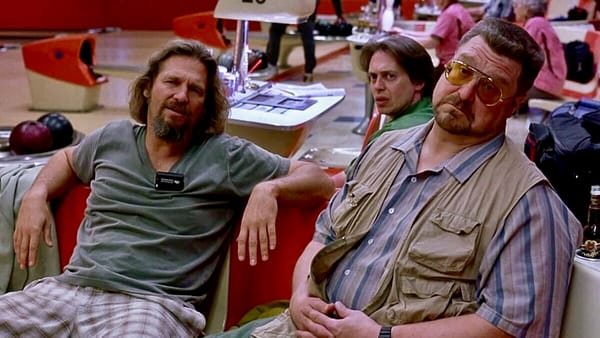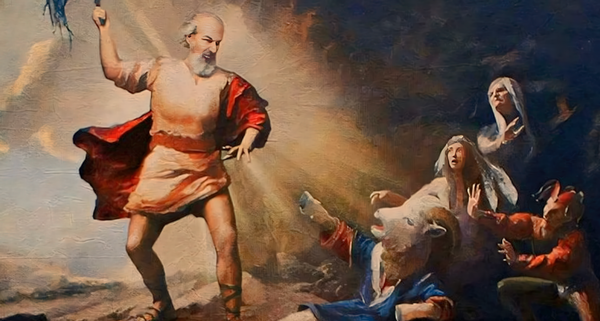Simulacra and Simulation: A Map to Our Cultural Reality

“It is the territory whose shreds are slowly rotting across the map.” With this opening, Jean Baudrillard sets the tone for his seminal work, Simulacra and Simulation (source). This philosophical inquiry explores the relationship between reality, symbols, and society, profoundly influencing contemporary culture, notably impacting the film The Matrix.
Baudrillard begins with a fable about a map so detailed it covers the territory it represents. This parable introduces his theory of simulacra—copies of things that either no longer have an original or never had one to begin with. In today’s world, representations often replace or become more significant than reality itself.
He outlines four stages of representation:
- Faithful Copy: A direct reflection of reality.
- Perversion of Reality: A distorted version masking reality.
- Pretending to Represent Reality: A copy with no original.
- Pure Simulacrum: A representation that has no relation to reality (source).
These stages illustrate how representations detach from original meanings, creating hyperreality—a condition where simulations feel more real than reality itself.
Baudrillard’s unsettling observation is that modern culture often prefers simulations over reality. This preference manifests across various life aspects, from entertainment to social interactions. Simulations offer control and predictability, providing an escape from real-life unpredictability.
Social media platforms allow individuals to curate idealized versions of themselves, presenting controlled images to the world. Virtual reality (VR) offers immersive experiences often more appealing than real-life interactions. Even AI companions provide interactions free from complexities inherent in human relationships.
The Matrix serves as a compelling cinematic exploration of Baudrillard's theories. The film portrays a simulated reality designed to pacify and distract humanity, mirroring the concept of simulacra replacing reality. The protagonist's journey to uncover the truth prompts viewers to question their own perceptions of reality, aligning with Baudrillard's challenge to consider the authenticity of our experiences.
Simulacra in the Age of AI
As we venture further into the realms of artificial intelligence and virtual existence, Baudrillard's work becomes increasingly relevant. The development of AI—from simple algorithms to sophisticated models capable of emulating human behavior—illustrates our deep dive into the realm of the simulacrum. These creations blur the lines between the programmed and the genuine, leading to a world where the simulated is often indistinguishable from the real.
Baudrillard does not offer solutions but presents a critical framework for understanding the implications of these technologies. His theories serve as cautionary tales about the dangers of preferring simulations to reality, urging us to reflect on the authenticity of our experiences in an increasingly simulated world.
- In what ways do we choose simulations over reality in our daily lives?
- How might our reliance on digital representations affect our perception of authenticity?
Baudrillard's insights compel us to examine the nature of our reality and the extent to which simulations influence our perceptions and experiences.
You know, I know this steak doesn't exist. I know that when I put it in my mouth, the Matrix is telling my brain that it is juicy and delicious. After nine years, you know what I realize? Ignorance is bliss.




